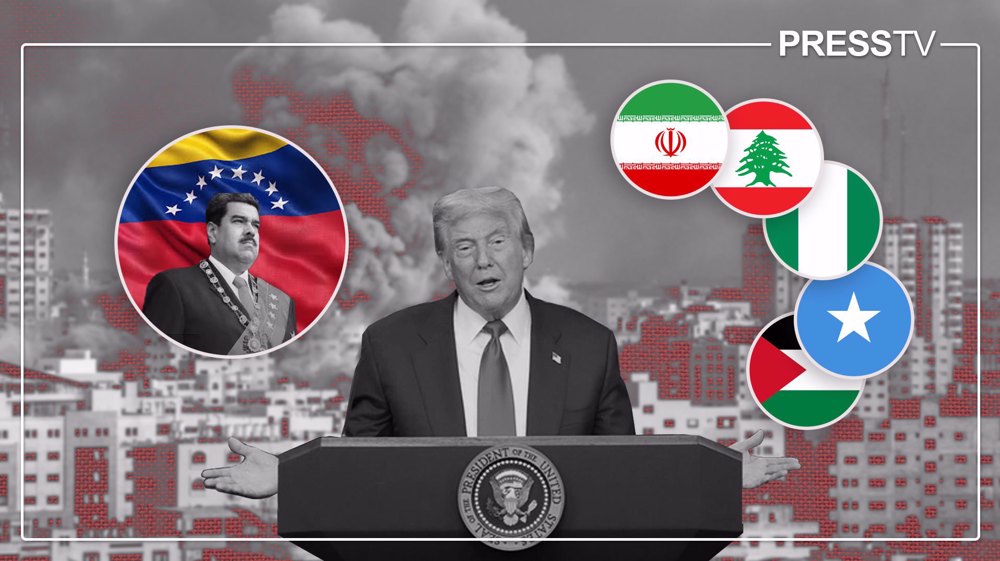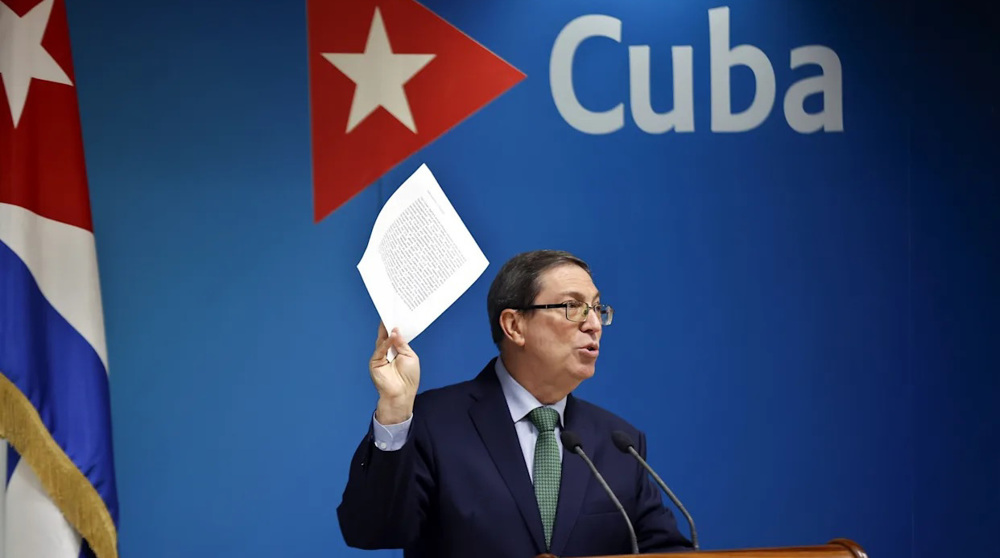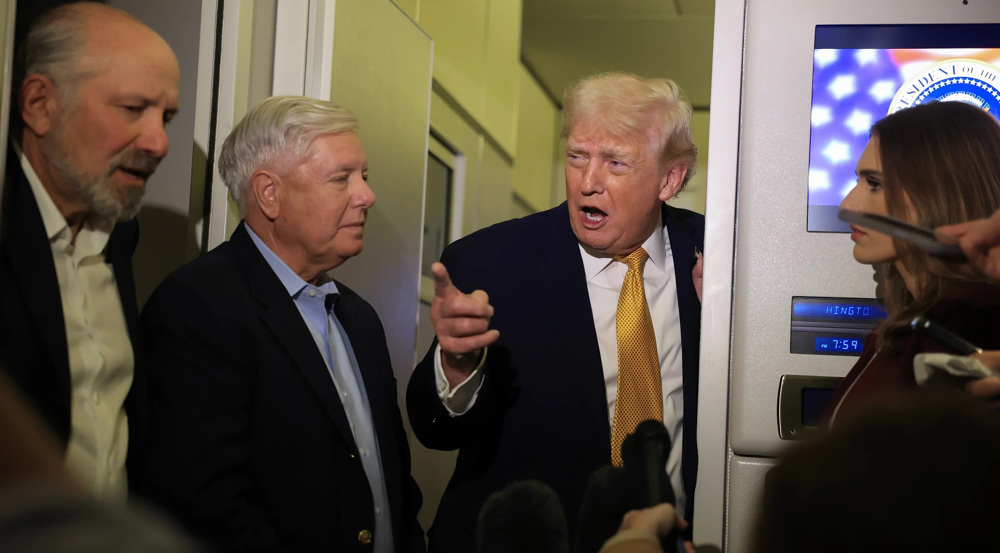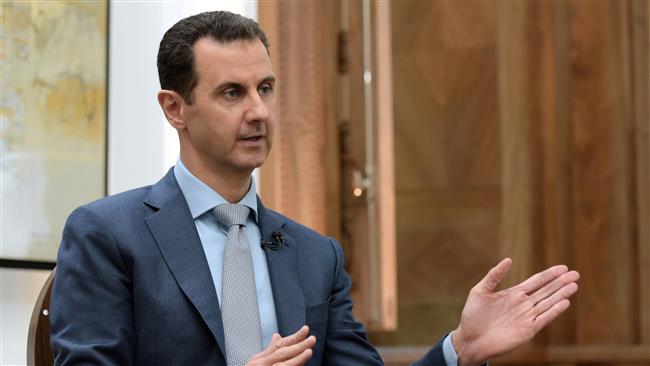US closely examining Syria 'de-escalation zones': Mattis
The United States is closely examining the four "de-escalation zones" aimed at reducing violence in Syria, US Defense Secretary James Mattis has said.
In his first remarks on the agreement signed last week by Iran, Russia and Turkey in Kazakhstan, Mattis on Monday warned that the "devil is in the details" and that much was required to be worked out by the countries involved.
The deal to create the de-escalation zones in mainly militant-held areas of the country calls for the cessation of hostilities between militant groups and Syrian forces.
Russia, Turkey and Iran are to act as guarantors for the agreement which took effect on Saturday. The deal said the de-escalation zones would initially be established for a period of six months, which could be extended if the three signatory countries agreed.
The Syrian government said on Monday that it would abide by the terms of the initiative, which was proposed by Russia, but militant groups have rejected it, saying Moscow has been unable to get the government in Damascus to respect previous ceasefire agreements.
The US State Department has criticized the deal, saying Washington was skeptical of Iran's role as a guarantor of the agreement which was signed during the fourth round of the Syria peace talks in the Kazakh capital Astana on Thursday.
Mattis, however, adopted a more cautious tone on Monday when reporters asked his opinion on the accord as he traveled to Copenhagen, Denmark, for talks with US allies.
"All wars eventually come to an end and we've been looking for a long time how to bring this one to an end. So we’ll look at the proposal and see if it can work," he told reporters.
He said that basic details were not clear yet including who specifically would establish the safe zones and exactly which militant groups would be kept out of them.
When asked if the de-escalation zones could help reduce violence in Syria, Mattis said, "The devil's always in the details, right? So we've got to look at the details."
Read more:
- Iran, Russia, Turkey agree on Syria safe zones
- Syria safe zones closed to US-led jets: Russia
- Syria fully supports Russian safe zones initiative: Foreign Ministry
- Syria opposition leaves peace talks in Astana
- Astana hosts 4th round of Syria peace talks
US Marine General Joseph Dunford, chairman of the Joint Chiefs of Staff, discussed the zones with his Russian counterpart on Saturday, Mattis told reporters.
"This subject was brought up, but there’s a lot of details to be worked out," he noted.

The four de-escalation zones are situated across eight of Syria's 14 provinces. The first zone includes the northwestern province of Idlib, the western province of Latakia, the west-central province of Hama, and the northern province of Aleppo.
The second zone covers the northern parts of the central Homs province. The third zone encompasses the Eastern Ghouta district near the capital Damascus, while the fourth zone includes southern Syria, particularly Dara'a and Quneitra provinces.
The four zones are only safe for the so-called armed opposition factions and exclude the Takfiri terrorist groups of Daesh and the Jabhat Fateh al-Sham, formerly known as al-Nusra Front.
Drug war farce: Trump pardons convicted Honduran trafficker, kidnaps Venezuelan president
US warns Venezuela’s security chief next target if uncooperative
Donald Trump: An anti-establishment rebel or gangster in a suit?
VIDEO | Nepal stands against global imperialism
US says examining a range of options including military to take Greenland
VIDEO | The US assassination of Martyr General Haj Qasem Soleimani normalzied targeted killings
VIDEO | The Venezuela Operation
Cuba condemns 'hostile' US rhetoric, pledges to defend sovereignty

















 This makes it easy to access the Press TV website
This makes it easy to access the Press TV website